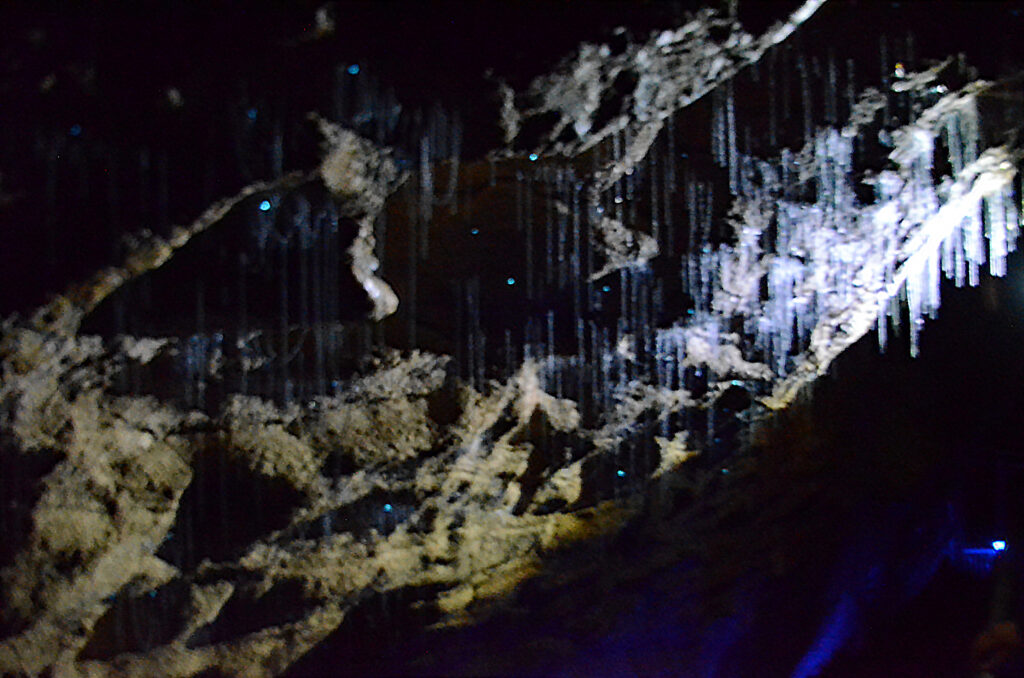Imagine peering into a time machine, not through glass or wires, but through the dazzling, living bones of the ocean itself. Coral reefs—those vibrant underwater cities—are far more than just breathtaking habitats for tropical fish and curious divers. Hidden within their stony skeletons is a silent chronicle of our planet’s climate, preserved year after year like the rings of an ancient tree. These natural wonders don’t just shimmer with color and life; they whisper long-forgotten stories about shifting oceans, unraveling mysteries that stretch back centuries. If you’ve ever wondered how we can truly know what the Earth was like before satellites and thermometers, the answer might just be nestled in the coral’s calcium carbonate armor.
The Living Libraries Beneath the Waves
Coral reefs are often called the rainforests of the sea, bursting with diversity and life. But what most people don’t realize is these reefs are also living libraries, archiving vital details about the ocean’s past. Every layer of a coral skeleton captures the chemical fingerprint of the seawater in which it formed. As corals grow, they lay down new bands, much like tree rings, storing secrets about temperature, salinity, and even major weather events. This ability makes coral reefs invaluable to scientists seeking to piece together Earth’s climate history.
Coral Skeletons: Nature’s Climate Diaries
The hard calcium carbonate skeletons built by corals aren’t just tough—they’re information-rich. Each microscopic layer contains clues about the ocean conditions at the time it was created. Scientists can analyze the ratios of oxygen and carbon isotopes in these layers to estimate the temperature and chemistry of seawater decades or even centuries ago. Essentially, coral skeletons serve as diaries, recording daily, seasonal, and annual changes in their environment, preserved in stone long after the living polyps have passed on.
Decoding Coral Chemistry
Unlocking the secrets in coral skeletons is like solving a puzzle with invisible ink. Scientists use tools such as mass spectrometers to measure isotopes and trace elements trapped inside the coral’s structure. For example, the ratio of oxygen-18 to oxygen-16 can reveal past sea surface temperatures, while elements like strontium and magnesium hint at variations in ocean chemistry. With each analysis, researchers reconstruct snapshots of ancient climates with surprising precision, providing valuable context for today’s changing world.
Coral Growth Bands: Nature’s Timekeepers
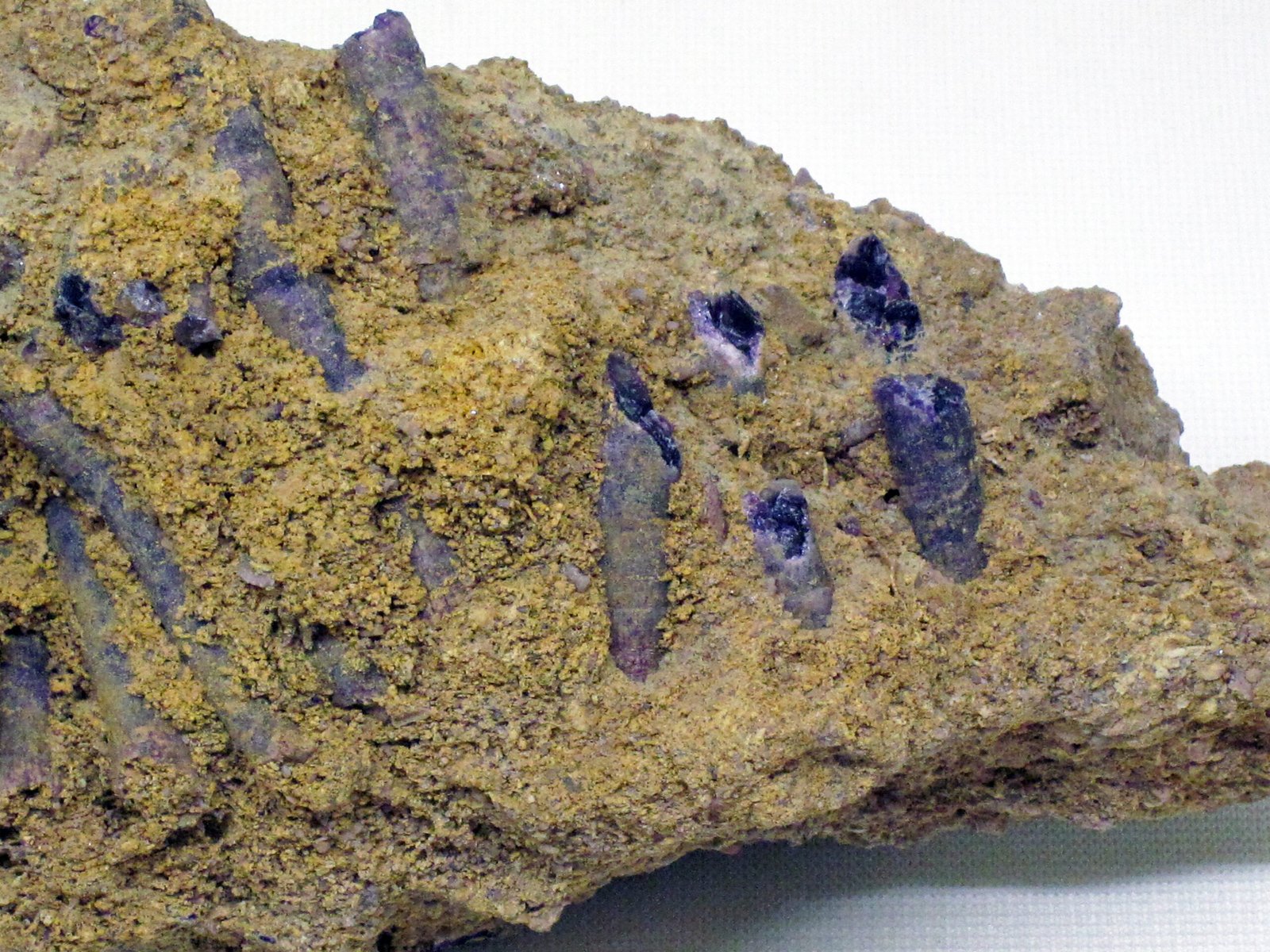
Just as tree rings can tell us about droughts and wildfires, coral growth bands reveal oceanic events. During favorable years, growth is fast and bands are thick. In tough times—like during El Niño events—bands thin out, signaling environmental stress. These annual bands let scientists not only date the coral but also match coral records with historical events, like volcanic eruptions or shifts in ocean currents. It’s a bit like reading a diary where every entry is written in code.
Unlocking Past Ocean Temperatures

One of the most astonishing abilities of corals is their power to record ocean temperatures from long before thermometers were invented. By analyzing isotopic ratios in coral bands, scientists can reconstruct detailed temperature histories for specific reef locations. This helps us understand how much ocean temperatures have changed over centuries and gives us a baseline to compare against rapid warming seen in recent decades. The result is a temperature timeline that’s as striking as it is sobering.
Tracking Ancient Storms and Climatic Disasters
Coral skeletons don’t just tell us about temperature—they also capture evidence of major storms, cyclones, and even tsunamis. When a massive storm hits, it can leave a chemical signature or disrupt coral growth, creating unusual patterns in the skeleton. By studying these anomalies, researchers can piece together a history of natural disasters in regions where written records don’t exist. This detective work helps communities prepare for future events by understanding what happened long before humans were keeping notes.
Recording Changes in Ocean Chemistry
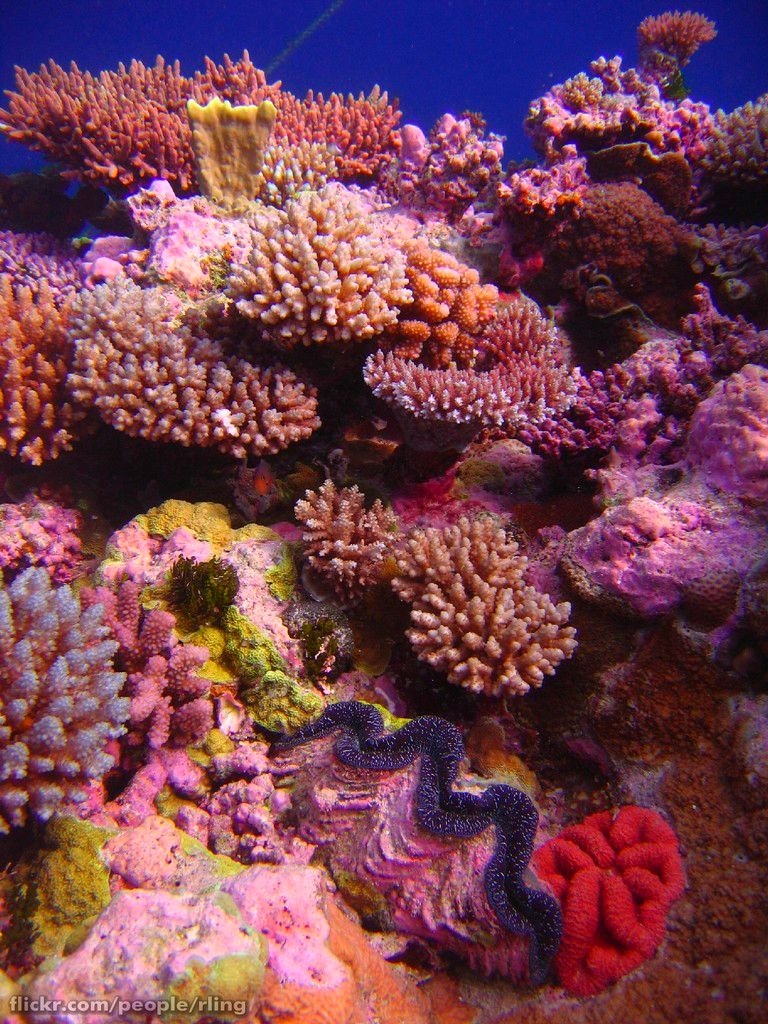
The chemistry of the world’s oceans has never been static. Corals absorb elements like boron, barium, and uranium as they build their skeletons. Changes in these elements’ concentrations can signal shifts in ocean acidity, salinity, or nutrient levels. By decoding these chemical messages, scientists can track how pollution, volcanic eruptions, or natural cycles have altered the marine environment through time. It’s as if every coral colony keeps its own chemical journal, ready for anyone who knows how to read it.
Corals and El Niño: Clues to a Warming World
Few climate phenomena are as disruptive as El Niño, which alters weather patterns around the globe. Corals, sensitive to even small temperature shifts, faithfully record the fingerprint of every El Niño event in their skeletons. Sudden changes in growth rates, thermal stress markers, or chemical imprints all point to years when El Niño hit hard. By assembling coral records from across the Pacific, scientists can map out a detailed history of these events, revealing patterns that help predict future occurrences in a warming world.
Human Impact Etched in Coral
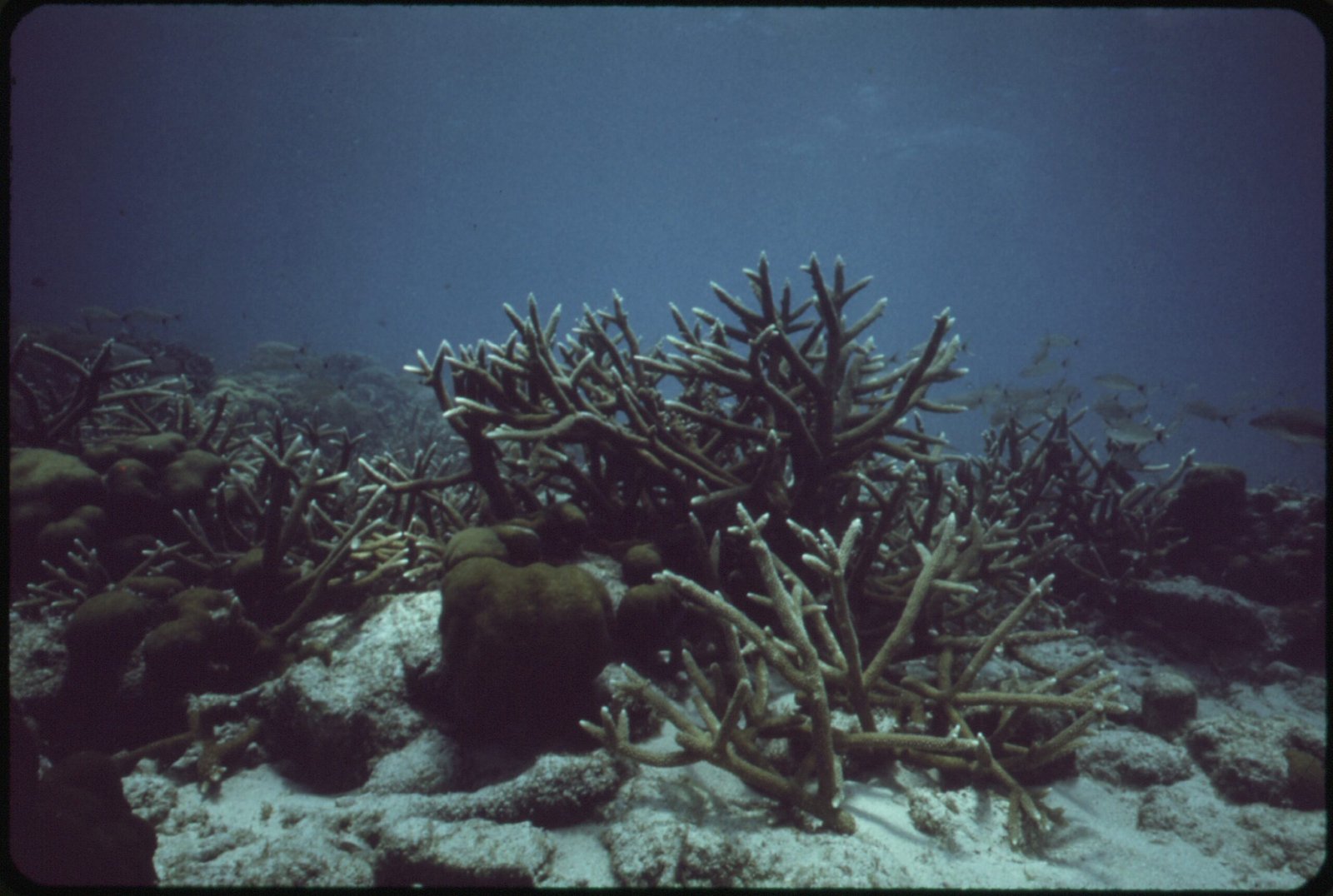
The industrial age left its mark not just on the landscape, but on coral skeletons, too. Corals growing since the 1800s show clear chemical signatures of increased carbon dioxide, pollution, and ocean acidification. These changes are like red flags, warning us that human actions are altering the very chemistry of the seas. By comparing modern coral skeletons to ancient ones, scientists can measure exactly how much our activities have changed the ocean, offering a powerful call to action.
Coral Cores: Extracting Secrets Without Harm
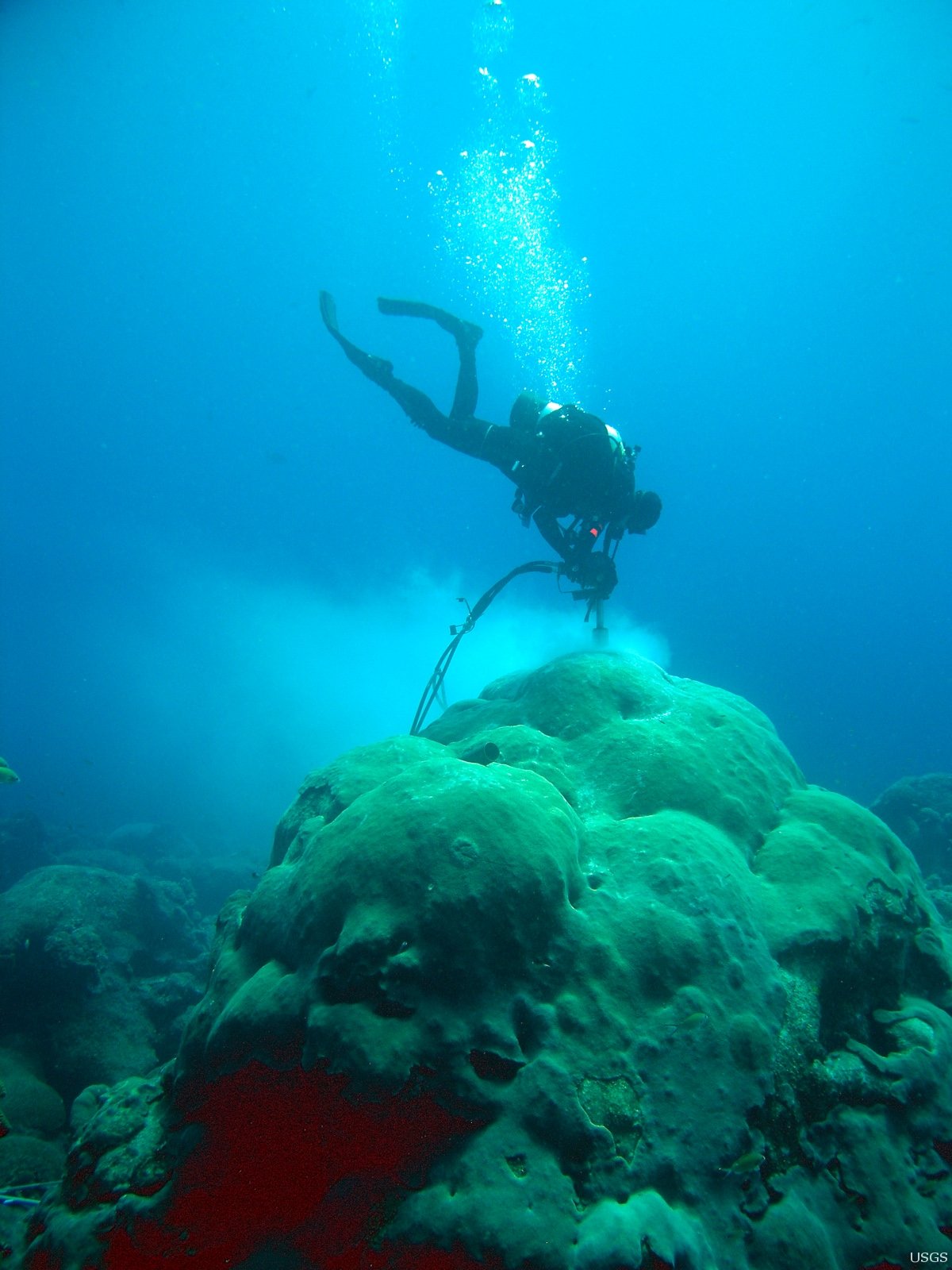
You might wonder how scientists study coral skeletons without destroying these precious reefs. The answer lies in coral coring—a technique that removes a narrow cylinder from the coral’s skeleton, a bit like taking a straw-sized plug from a cake. This process allows researchers to analyze decades or centuries of growth without killing the coral colony, which continues to thrive and grow. These coral cores are then stored and studied, becoming priceless archives of climate data.
The Global Network of Coral Archives
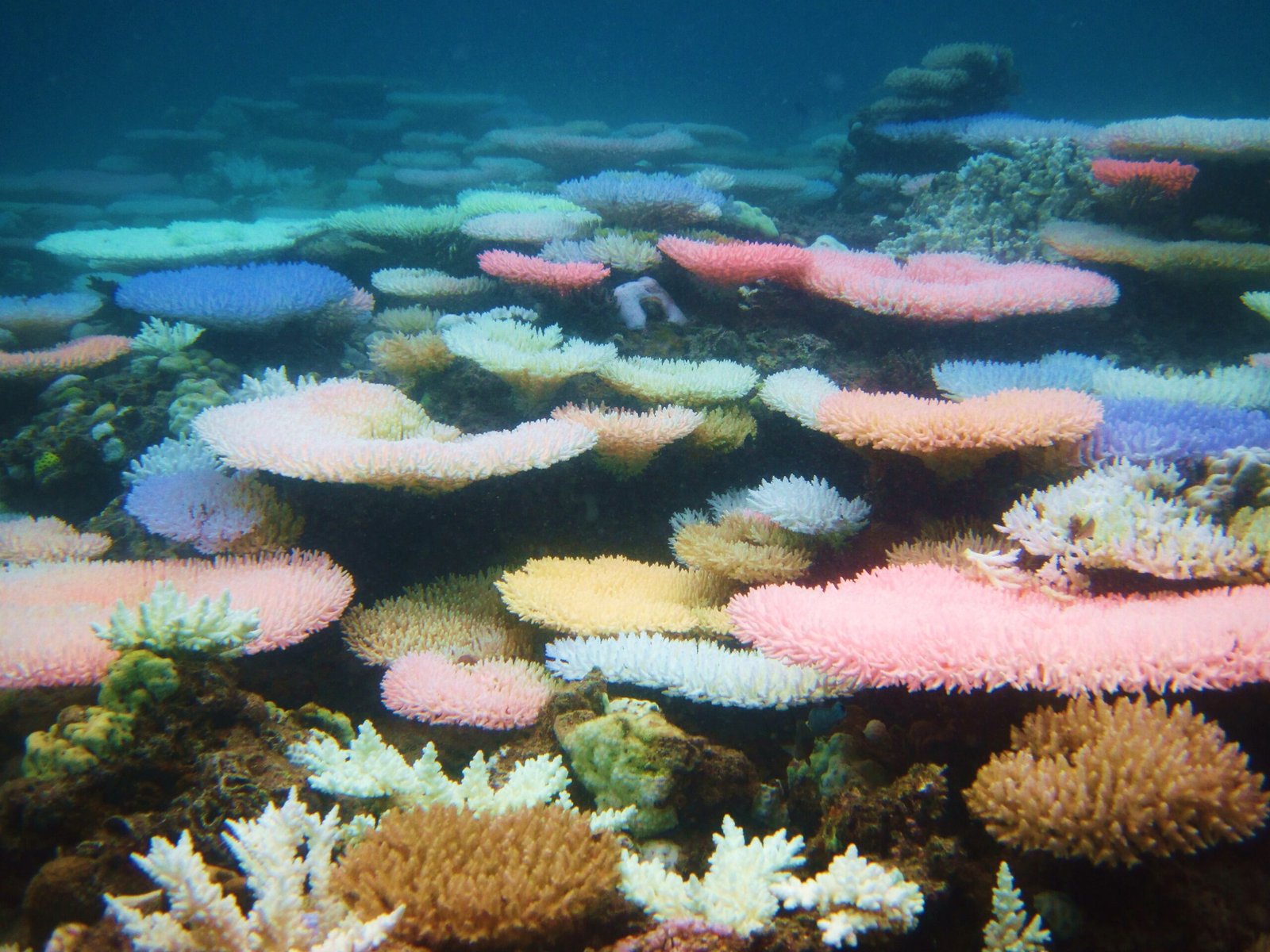
Coral reefs are scattered across the world’s tropical oceans, from the Great Barrier Reef in Australia to the Caribbean Sea. Each reef tells its own story, but together, they form a global network of climate archives. By comparing coral records from different regions, scientists can trace patterns in ocean currents, temperature shifts, and major climate events on a planetary scale. This big-picture view is crucial for understanding how local changes fit into the global climate puzzle.
Coral Reefs and Paleoceanography
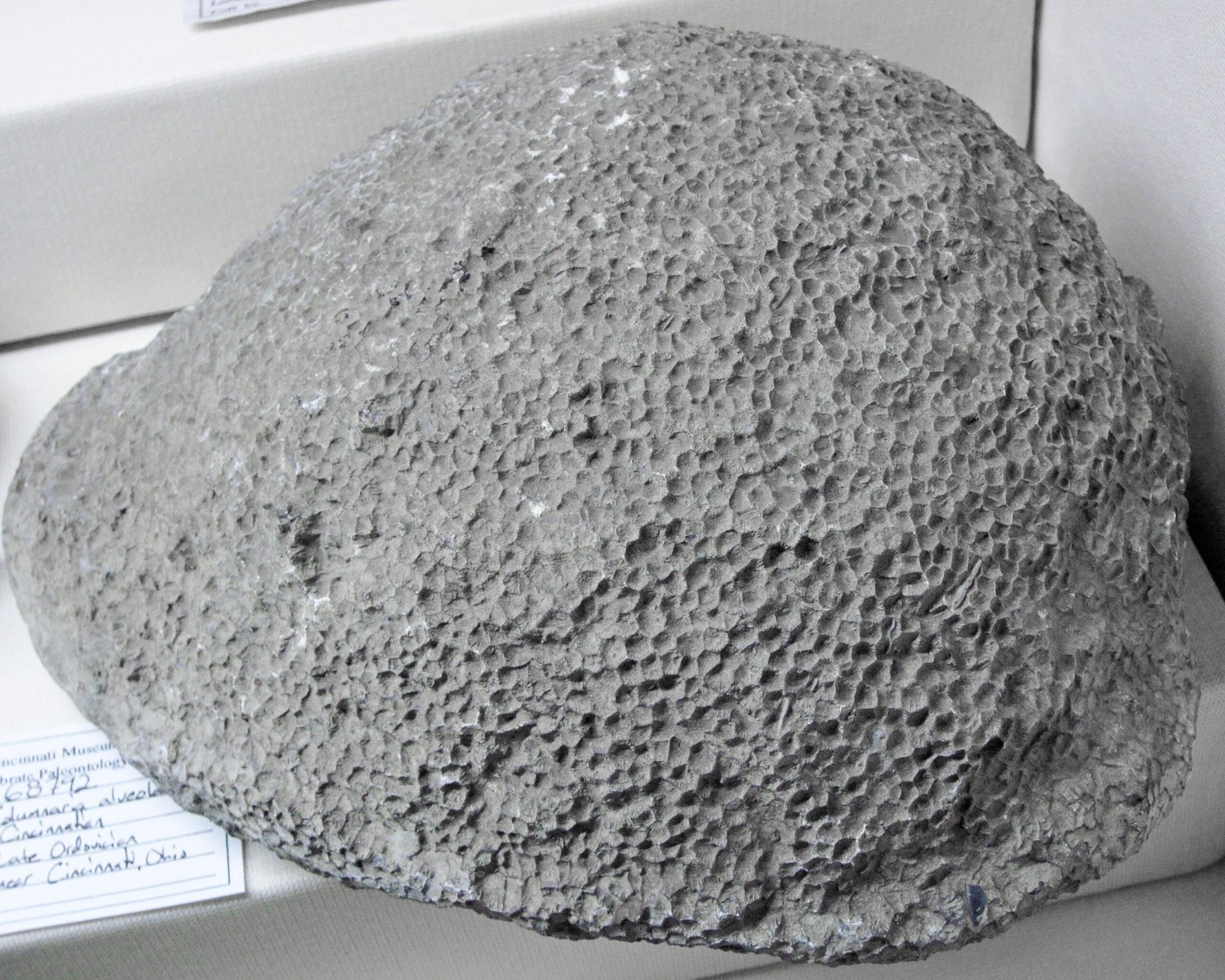
Paleoceanography is the study of ancient oceans, and coral reefs are a cornerstone of this science. Because coral skeletons can be dated so precisely, they allow scientists to reconstruct past ocean conditions with stunning detail. This helps us answer big questions, like how oceans responded to ice ages or how marine life survived past climate swings. Corals offer a window into worlds long gone, making them essential for anyone curious about Earth’s distant past.
Lessons from the Little Polyp Architects
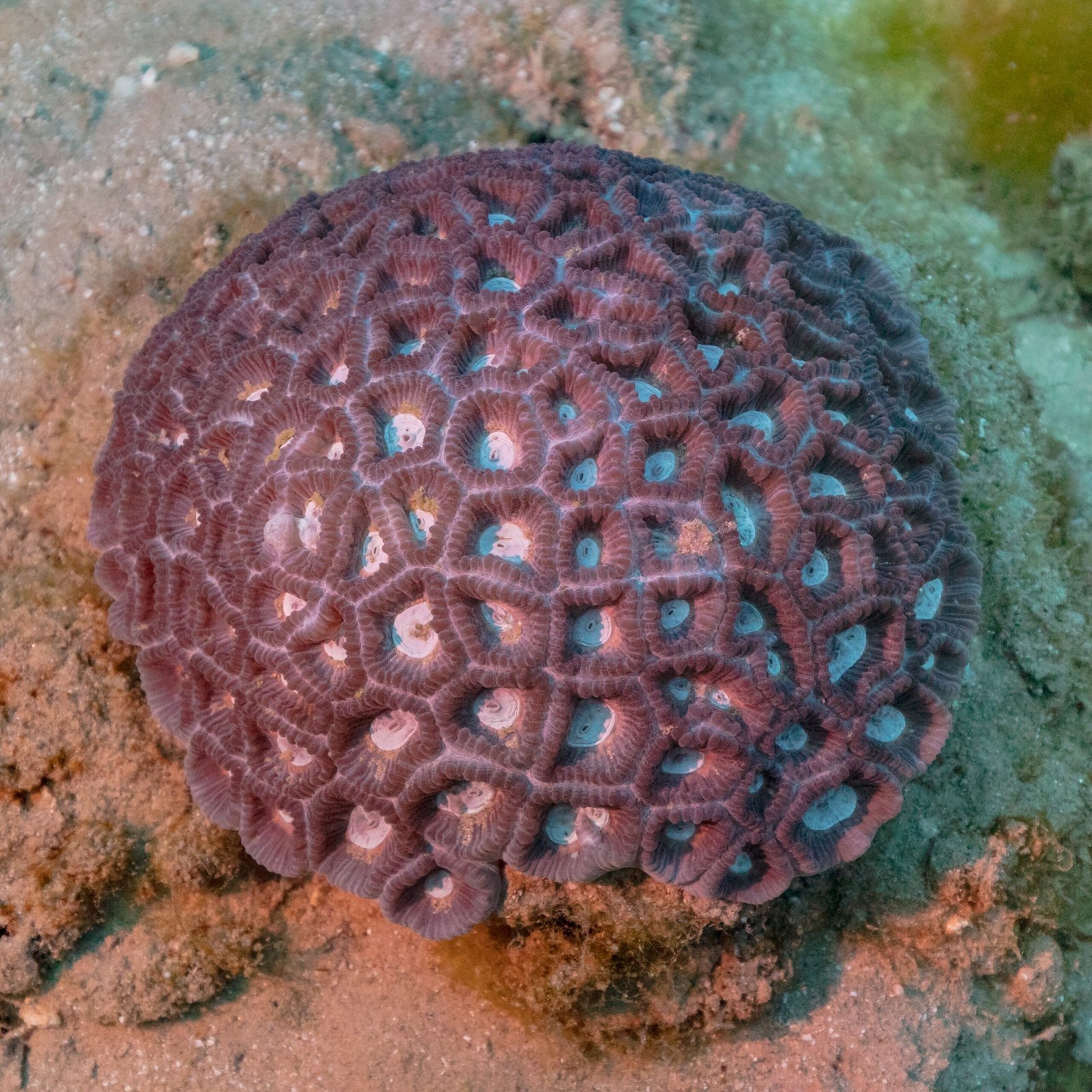
It’s easy to forget that coral reefs are built by tiny, jelly-like animals called polyps. These creatures live in vast colonies, working together to construct the massive structures we see. Despite their size, polyps are sensitive to even the slightest changes in their environment, making their skeletons incredibly accurate recorders of climate history. Their collective effort, over hundreds of years, creates not just a habitat but a living archive that outlasts generations.
Modern Technology Meets Ancient Reefs
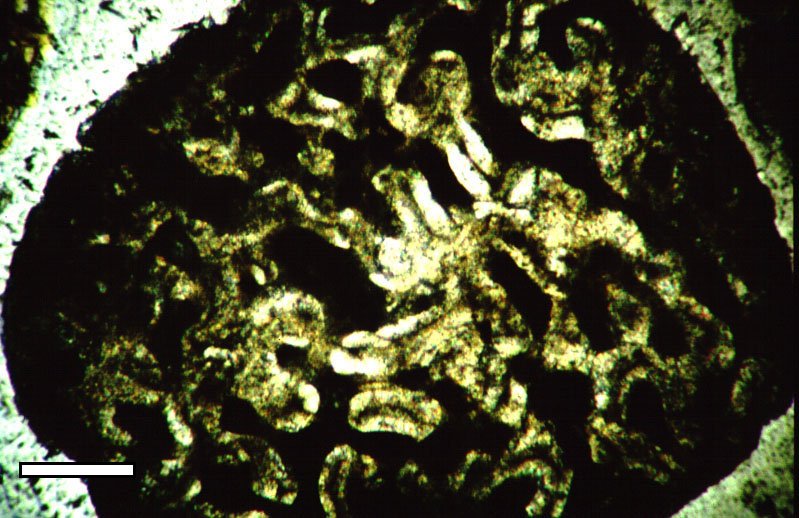
Today’s scientists use cutting-edge technology to unlock coral secrets more quickly and accurately than ever. High-resolution imaging, laser ablation, and advanced geochemical techniques allow researchers to analyze coral skeletons layer by layer, sometimes even week by week. This technological leap means we can extract more data from smaller samples, preserving reefs while learning ever more about our changing planet.
Coral Reefs as Early Warning Systems
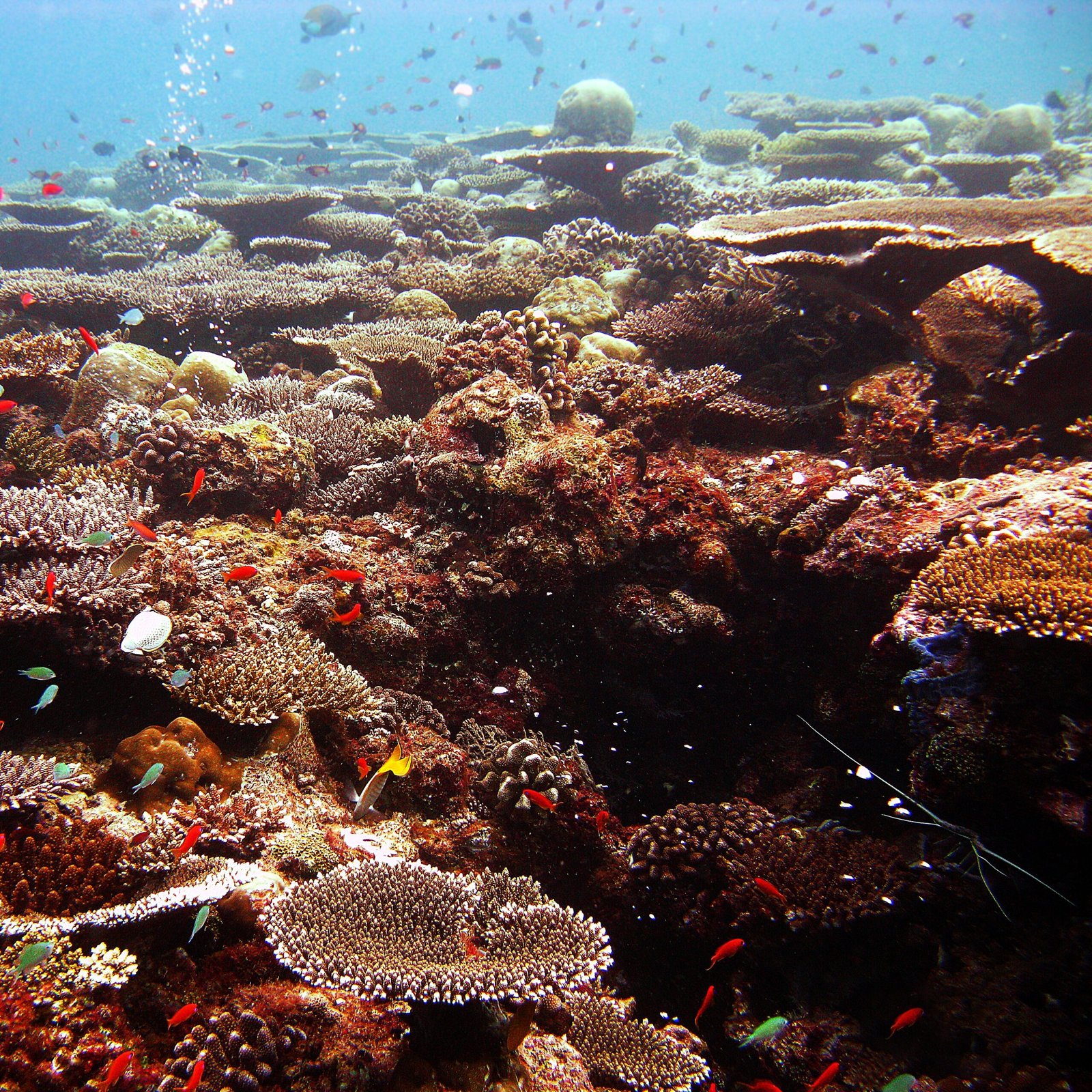
Because corals are so sensitive to environmental changes, they act as early warning systems for the health of the oceans. When sea temperatures rise or water becomes more acidic, corals respond almost immediately, often by bleaching or changing their growth. These responses are then recorded in their skeletons. By keeping a close eye on these signals, scientists can spot trouble in the ocean before it becomes a global crisis, giving us a chance to act before it’s too late.
Revealing Hidden Climate Patterns
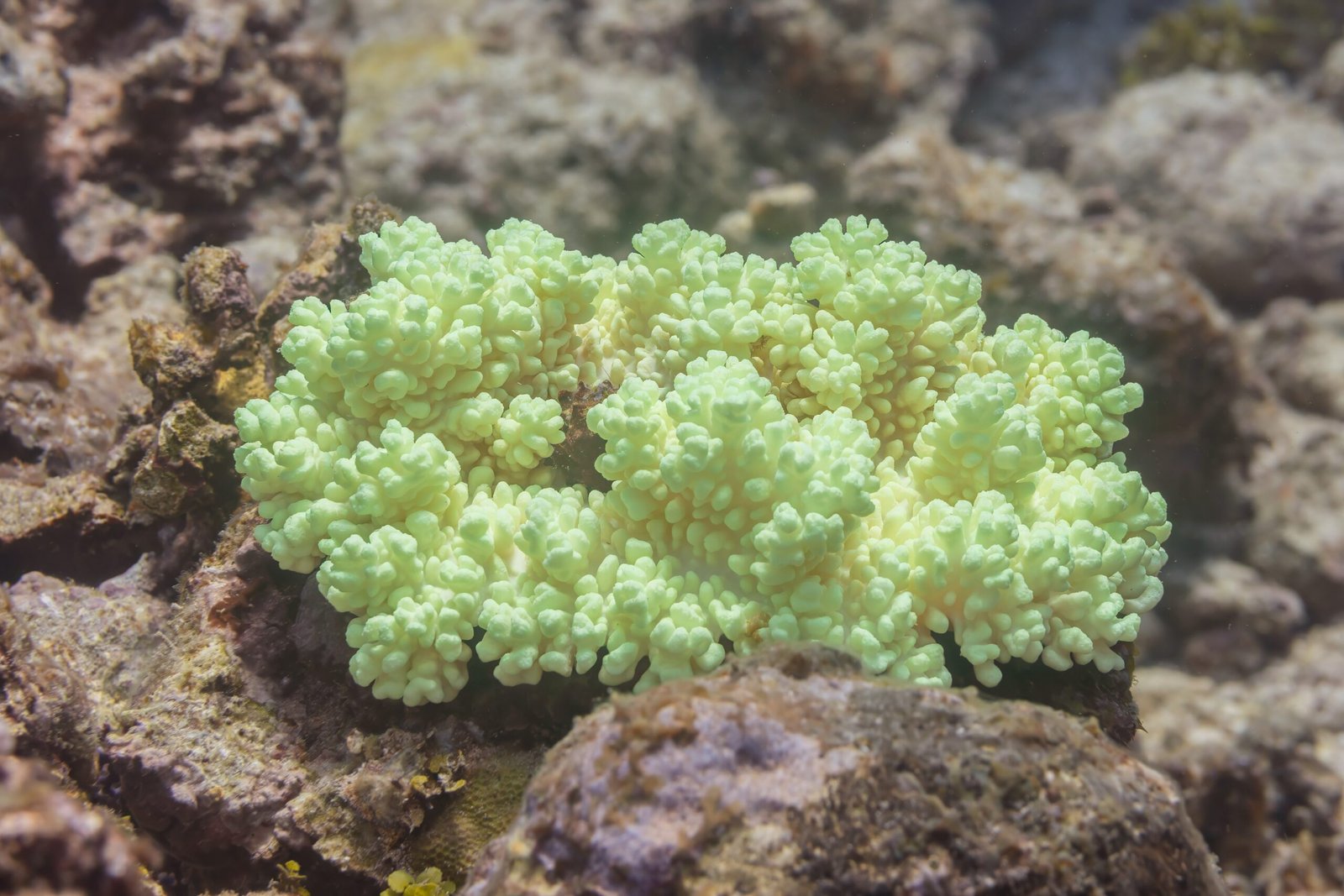
Some climate cycles, like the Pacific Decadal Oscillation or the Indian Ocean Dipole, are hard to track with modern instruments alone. Corals, however, quietly record these long-term patterns in their skeletons. By analyzing corals from different oceans, scientists can tease out cycles that repeat over decades, helping us understand the natural rhythms that drive weather and climate around the world. It’s a bit like finding a hidden rhythm in an old song—a melody that’s always been there, waiting for us to listen.
The Fragile Future of Coral Archives
Ironically, just as we’re learning to read the stories in coral skeletons, these archives are under threat. Rising sea temperatures, pollution, and acidification are causing mass bleaching and die-offs, erasing centuries of climate records before we can unlock their secrets. The loss of these living archives is a tragedy not just for science, but for everyone who cares about our shared future. Protecting coral reefs means preserving one of the planet’s greatest libraries of natural history.
Coral Conservation: Protecting Our Underwater Time Capsules
If we want to keep learning from coral reefs, we have to protect them. Conservation efforts—like creating marine protected areas, reducing pollution, and limiting destructive fishing—are critical for the survival of these fragile archives. By supporting these efforts, we aren’t just saving beautiful habitats for fish and divers; we’re safeguarding the world’s climate memory, ensuring future generations can unlock the secrets still hidden in coral skeletons.
Connecting Past, Present, and Future Through Coral
Coral reefs form a living bridge between Earth’s ancient history and our uncertain future. By decoding the messages locked in their skeletons, we gain insight into how our planet has changed and what might come next. This knowledge empowers us to make smarter decisions, adapt to new challenges, and maybe even rewrite the next chapter in our climate story. What stories might we discover next, hiding in the bones of the ocean?

